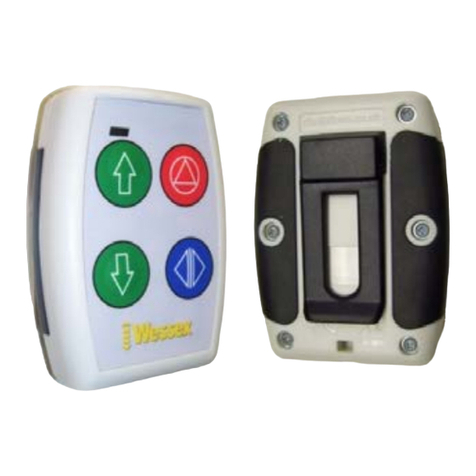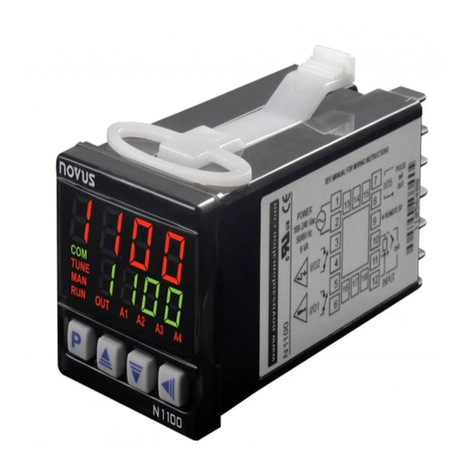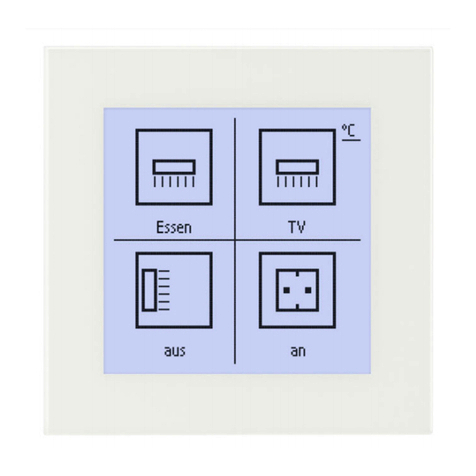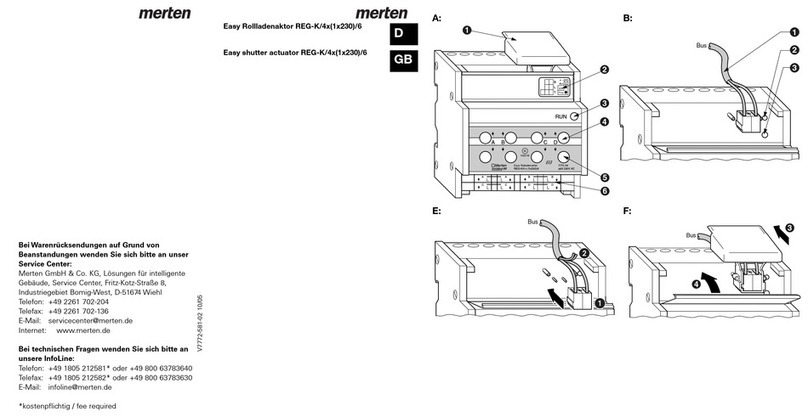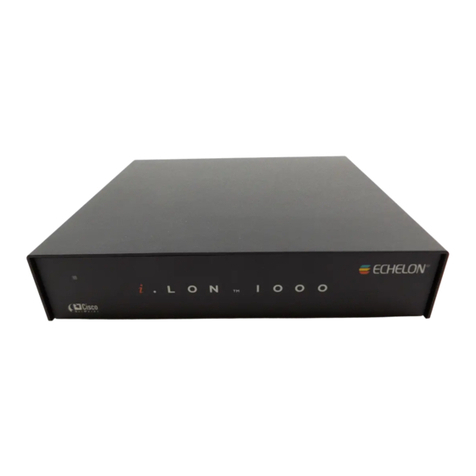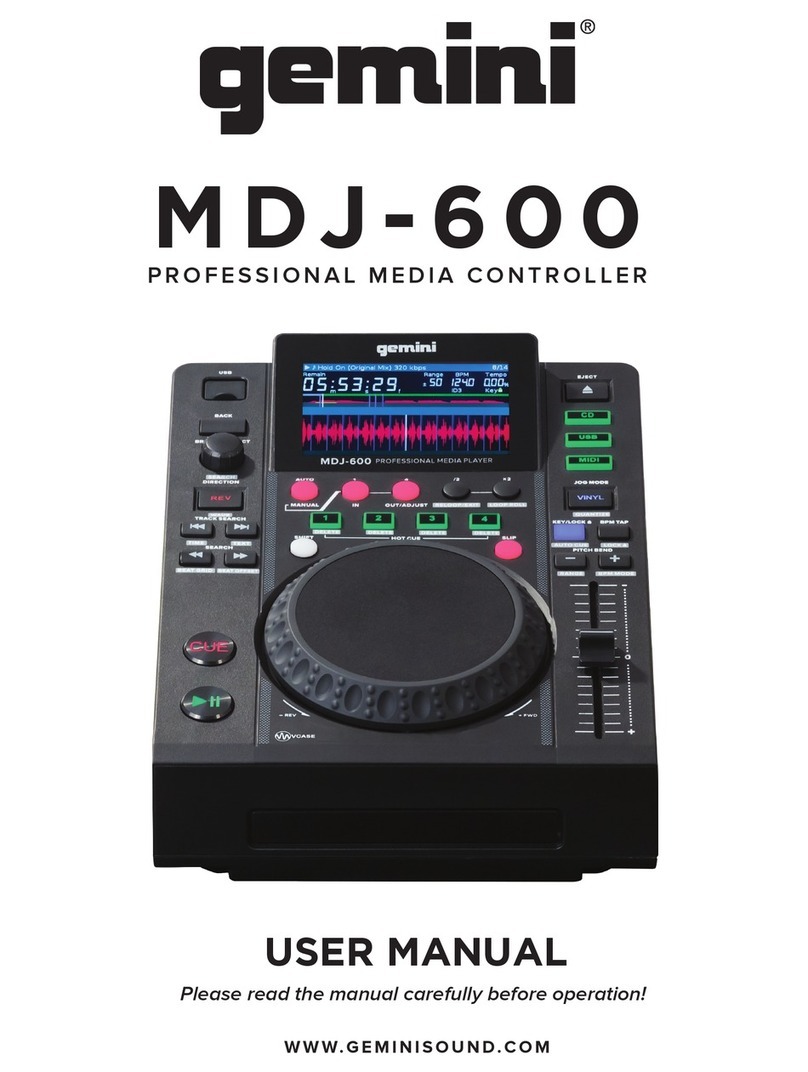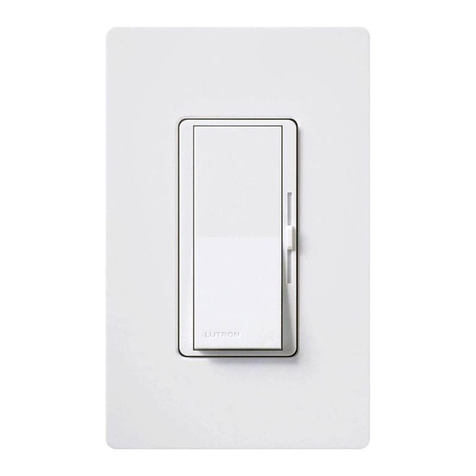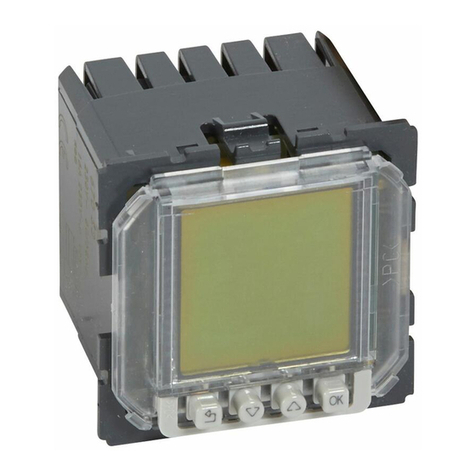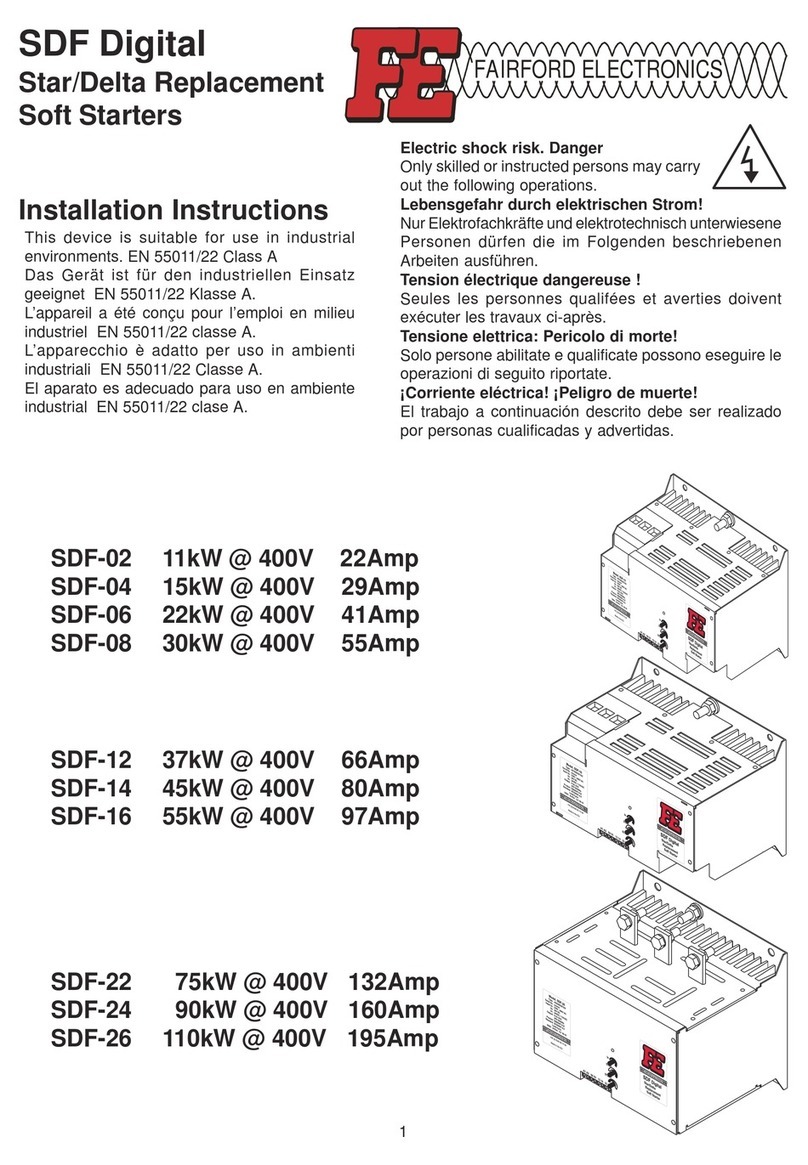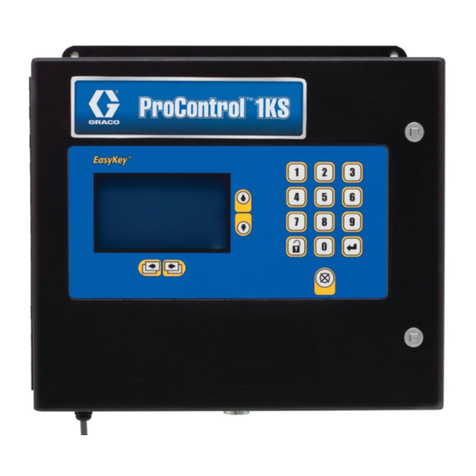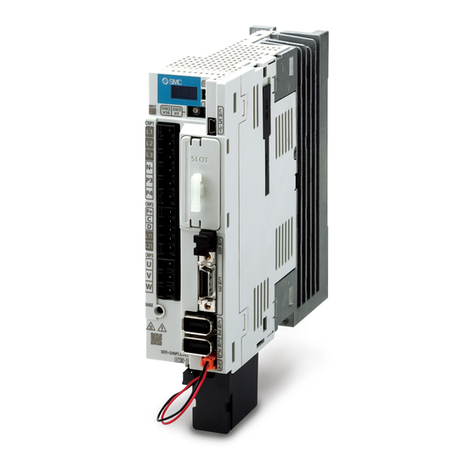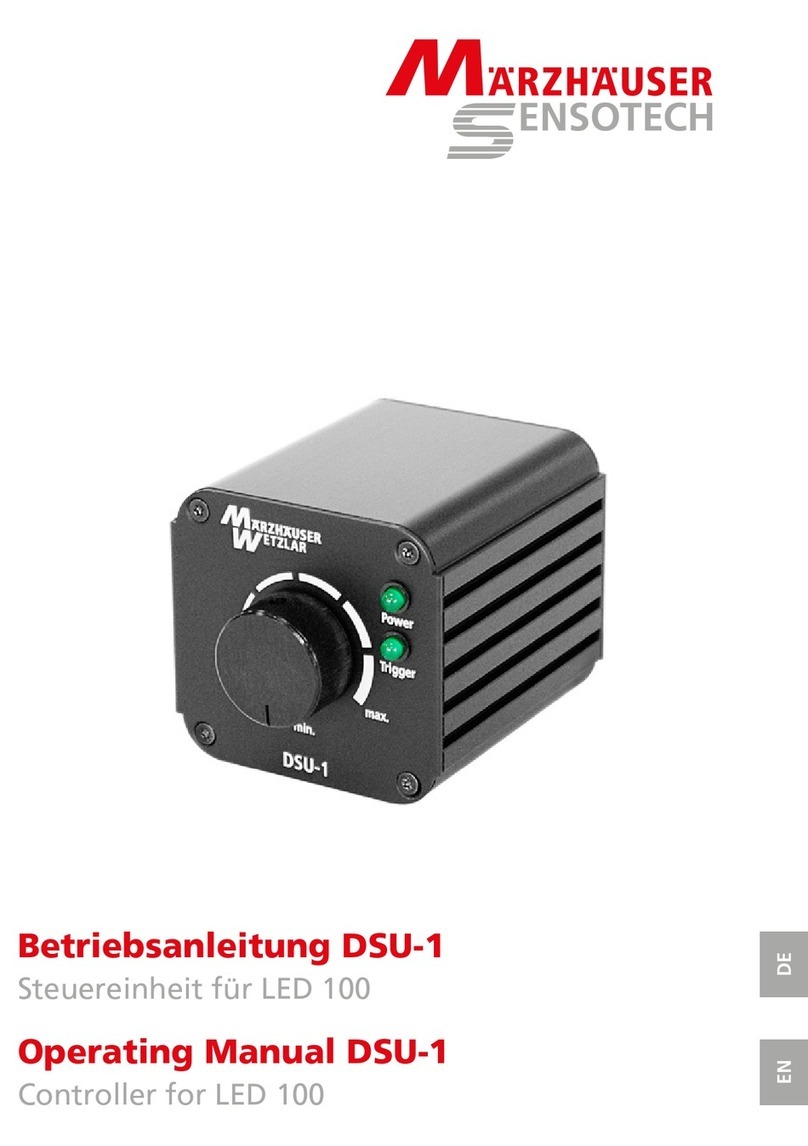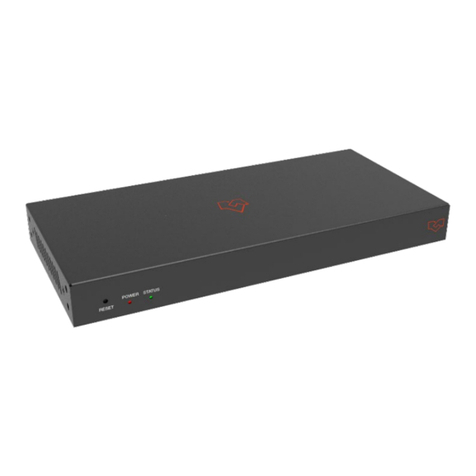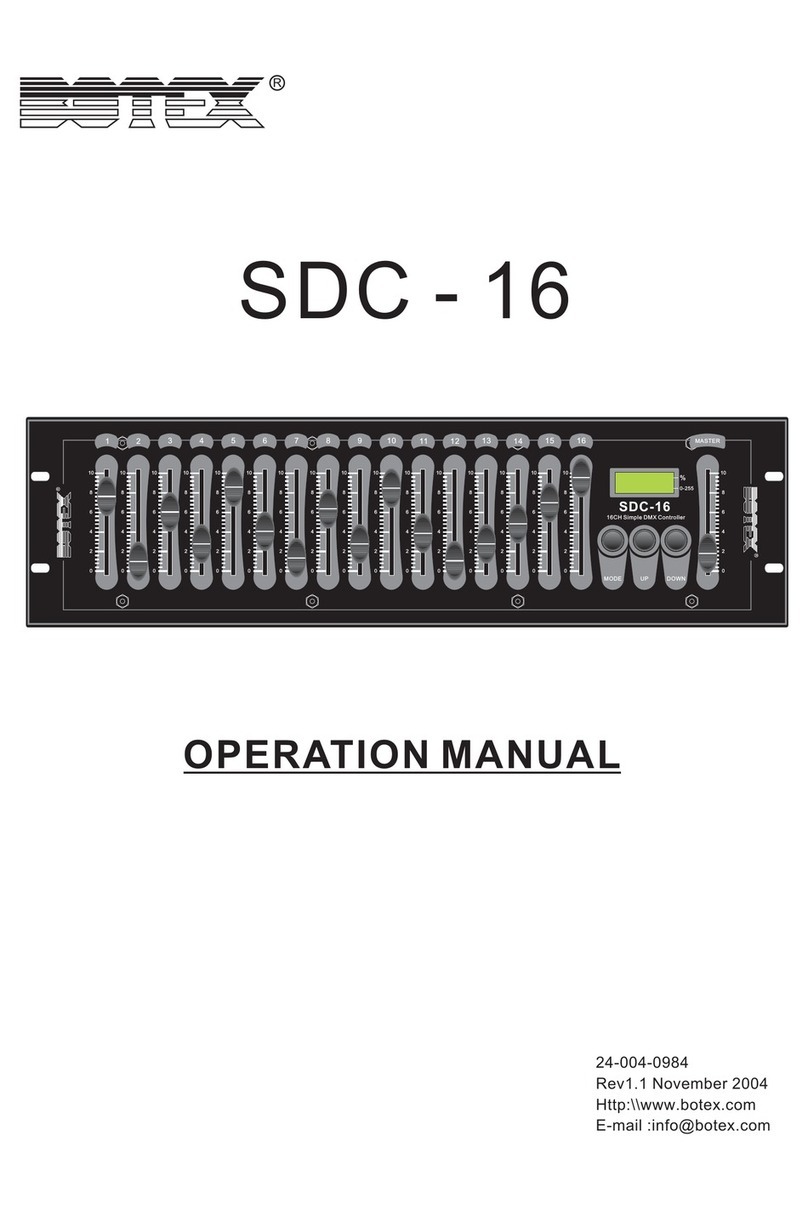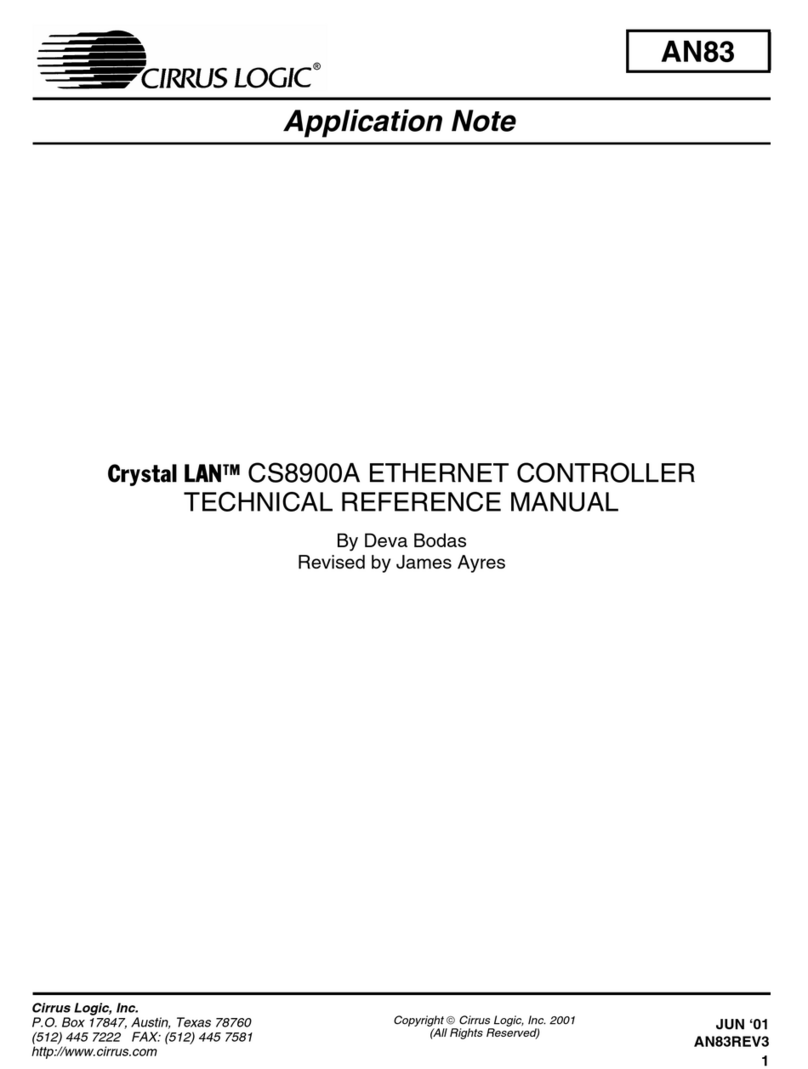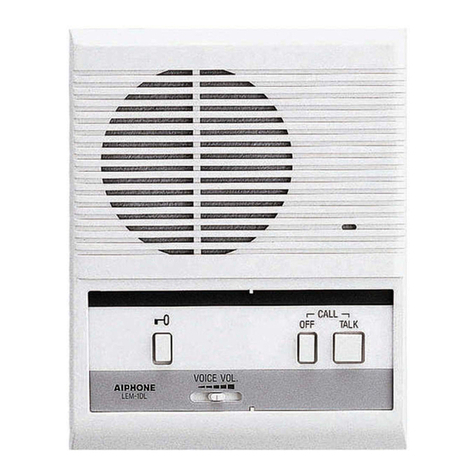TKR Group HP 90 HK User manual

Hydraulic actuator
HP 90 HK
Press - Lift - Pull
Instruction manual
81 64 2 155 744
Translation of the original instructions

This instruction manual is protected by copyright. No use outwith the strict limitations of copy-
right legislation without the consent of the manufacturer is permitted, this rendering the offen-
der liable to criminal prosecution. This applies likewise for the extraction of individual illustrations
and the use of texts in extract form.

3
1. Information regarding this manual page 4
2. Explanation of symbols page 5
3. Designations page 6
1. Operating principles page 7
2. Safety instructions page 8
3. Principles for Handling
the hydraulic actuator page 9
4. Maintenance and repair page 11
1. Technical Data Hydraulic Actuator HP 90 page 12
2. Accessories and specifications page 13
1. Operating the hydraulic actuator page 14
2. Storing the hydraulic actuator page 19
3. Maintaining the hydraulic actuator page 20
1. Warranty page 22
2. Declaration of Conformity page 23
1.
2.
3.
4.
5.
Other languages, spare parts
and accessories:
www.tkr-service.com

4
1.1 Information regarding this manual
Legislation stipulates that workers handling hydraulically-driv-
en pumps must be trained.
If desired, training can be provided at TKR in Gevelsberg or on
the customer’s site.
This hydraulic actuator represents state-of-the-art technology.
To ensure the functionality of the equipment, it must be oper-
ated in a proper and safe manner.
Read the instruction manual carefully before using the hy-
draulic actuator.
All handling necessary to ensure correct operation is described
in the instruction manual.
No work method other than that expressly approved by the
manufacturer may be used.
In the event of a fault, the user or owner may only carry out
repair work for faults for which the relevant maintenance pro-
cess is laid out in the instruction manual.
Information
State of the
technology
Read the
instruction
manual
Handling
Faults

5
1.2 Explanation of symbols
In this instruction manual, some sections use internationally
known warning symbols, warning symbols and general in-
structional symbols.
The individual symbols are explained below.
Observe the instruction manual
Observe the general information
Wear face mask
Wear gloves
Warning
General source of danger
Warning
Hand could become trapped
Warning
Finger could become trapped
Warning
Danger of environmental contamination
Warning
System under pressure
Follow all
instructions
and safety
rules
Please note the following.
Arrow to clarify
pressing together
Arrow indicating direction
For further information
see chapter...
Audibly engage

D
E
F
G
C
AB
1.3.1
1.3.2
6
1.3 Designations
ACE marking
BProduction date placard
CType designation
DSerial number
EProduction date
FMaximum operating force
GMaximum permitted lift
Marking on
the hydraulic
actuator

7
2.1 Operating principles
The manual hydraulic actuator model HP 90 HK is used to gener-
ate high compression and tension forces.
The hydraulic actuator is a manual hydraulic pump with
flanged hydraulic cylinder. An adjustable operating lever moves
the pump piston and generates a hydraulic pressure of up to
600 bar.
This pressure acts on a hydraulic piston with large surface
area. In this way, a force of 200 kN can be generated in the
piston movement direction. An integral safety valve prevents
a system overload.
The hydraulic actuator can be operated in all positions. A manu-
al drain valve relieves the pressure on the system and allows the
main piston to return. When the drain valve is open, the main
piston can be pushed back by hand.
Never activate the drain valve with a tool. The drain lever
should only ever be tightened by hand, else a malfunction
of the system can lead to system damage or serious injury.
Hydraulic
actuator HP 90

8
2.2 Safety instructions
Usage as
described in
instruction
manual
Chapter 4.1
Improper
use
The hydraulic actuator is intended exclusively for pressing, lift-
ing or pulling. The tool must only be used for purposes which
do not entail any risk for man and machine.
The tool must only be used as a hand tool! Any modifica-
tion of the tool or other usage forms are the responsibil-
ity of the user.
Make sure that the tool is problem-free and that it has all func-
tionality necessary to ensure safe operation.
Follow all health and safety regulations in the country of op-
eration. Wear personal safety equipment! (Protective goggles
and gloves)
Protective gloves and a face mask must be worn during work-
ing as faulty equipment or a tool defect can lead to material
protrusions and parts flying off, which could lead to serious
injury. See also ANSI Z87.1-1989
Never throw the hydraulic actuator or allow it to fall. Never
use the tool for purposes other than those intended and nev-
er allow untrained workers to use the tool.
Make sure that the hydraulic actuator is used in a work area
that is free from heat sources (max. 45°C / 113°F), corrosive
liquids, oil and grease.
The hydraulic actuator must never be used in areas at risk of
explosion.

9
2.3 Principles for Handling
the hydraulic actuator
When using the hydraulic actuator for pressing operations, i.e.
work which leads to a pressing movement, it is essential to
ensure that there is no danger to man or machine.
Lifting freely suspended loads is dangerous and can
lead to serious injury.
When pressing or lifting components with high forces, stress-
es occur which can lead to shattering of components. Shatter-
ing components can fly out and cause serious injury.
When pressing or lifting components, the hydraulic actuator
must always stand on a stable and non-slip base. A base which
cannot withstand the loads can lead to hazardous operating
conditions and hence serious injury.
When using the hydraulic actuator to create tension forces, it
must be ensured the tension elements used such as tension
rods or threaded bolts are dimensioned with sufficient safety
for the tension forces that can be achieved (200 kN)!
Tension elements without adequate strength must never
be used.
Tension elements without adequate strength will break under
high force and the resulting flying components can cause seri-
ous or even fatal injury.
Before using tension elements or tension bolts, check the
maximum transferable forces. These must always be higher
than the maximum possible tension forces of the hydraulic
actuator (200 kN).
Ensure that the hydraulic actuator stands on a non-slip surface
and the machine cannot be damaged.
Important
Notes for Press-
ing and Lifting
Important
Notes for
Pulling

10
2.3 Principles for Handling
the hydraulic actuator
Only use tools and accessories that do not show signs or wear
or damage. Damaged tools or accessories can lead to serious
injury.
The manufacturer accepts no liability for damage or injury
caused by improper repair or use of foreign replacement parts.
Incorrect usage of the hydraulic actuator that leads to equip-
ment damage invalidates the warranty.
In case of doubt, always contact a professionally trained com-
pany or TKR. The corresponding contact addresses are given in
these instructions.
The hydraulic actuator HP 90 HK has been manufactured and
tested to European directives. The Declaration of Conformity
has been included with this instruction manual.
Warranty
Chapter 2.4
Chapter 5.1
Declaration of
Conformity
Chapter 5.2

11
All necessary maintenance work and/or repairs should be
performed by the manufacturer or properly trained person-
nel. Use only original spare parts. Check the pump and cylin-
der for damage.
In the event of any noticeable damage, the hydraulic
components must be replaced. Damaged components
can lead to serious injury.
Normally, pump maintenance only entails a regular oil change
(see page 13 for permissible oils).
All other necessary maintenance work and/or repairs should
be performed by the manufacturer or properly trained per-
sonnel.
With normal use of the pump, hydraulic oil should be changed
every 12 months. Make sure that used oil is disposed of as required
by national environmental legislation.
Oil that is not properly disposed of could harm the environ-
ment.
The user must only perform the maintenance and repair measures
outlined in this instruction manual.
Maintenance and repair work not covered in this instruction
manual may only be performed by professionals with proper
training by TKR.
For further information on servicing and training, please
contact us at our Service address:
TKR Spezialwerkzeuge GmbH
Am Waldesrand 9-11
D-58285 Gevelsberg (Germany)
Care and
maintenance
Repairing the
hydraulic
actuator
Chapter 4.3
2.4 Maintenance and repair

3 .1.1
12
3.1 Technical Data
Hydraulic actuator HP 90
Length 125 mm
Width 118 mm
Height (inc. handle) 260 mm
Weight 5 kg
Max. Pressing force 200 kN
Stroke 50 mm

13
3.2 Accessories and specifications
Filling capacity 280 ccm
Hydraulic oil brand as per DIN 51524 and
ATF as per DIN 51562-1;
viscosity approx. 32 mm²/s at 40°C or 35–39 mm²/s at 40°C
Example: SHELL TELLUS OIL TX 32,
DEXRON, MERCON, HYDROCLEAR
In the event of queries, please contact
the manufacturer or your authorised dealer.
5 – 45°C / 41 – 113°F
Protective gloves
Face mask
Permissible
hydraulic oil
Ambient
temperature
Safety

4.1.4
4 .1.1
4.1.3
4.1.2
14
4.1 Operating the hydraulic actuator
Warning! Use only the original pump lever. Other levers
can lead to damage and hence malfunctions and seri-
ous injury.

4.1.5
4.1.7
4.1.6
4.1.8
15
The function of the hydraulic actu-
ator is activated using the pump
lever supplied. This pump lever
is telescopic, and when fully ex-
tended forms a larger lever so that
less force is required for operation
(Figs. 4.1.5 - 4.1.8).
When the element is retracted, the ac-
tuator travel is reduced while the oper-
ating force is increased (Fig. 4.1.3). The
telescopic tube of the actuator lever is
clamped by the knurled nut and fixed
in position (Fig. 4.1.4).
The actuator lever can be connected to
the articulated holder on the pump in
two positions. A locking bolt locks the
lever firmly to the joint. To remove the
lever, the locking bolt must be pressed
in (Fig. 4.1.2).

4 .1.10
4 .1.11
4.1.9
4 .1.12
16
4.1 Operating the hydraulic actuator
If the drain valve has been closed by turning clockwise (Fig.
4.1.9), the actuator piston moves out of the cylinder when the
pump lever is operated (Fig. 4.1.10).
By turning the drain screw counter-clockwise (Fig. 4.1.11),
the actuating piston can be re-introduced into the cylinder
(Fig. 4.1.12).

4 .1.13
17
Before using any equipment, check the condition of the tool.
Oil leaks and damage to the pump or hydraulic cylinder can
cause serious injury (Fig. 4.1.13).

max.
200 kN
max.
200 kN
max.
200 kN
max.
200 kN
max.
200 kN
max.
200 kN
max.
200 kN
max.
200 kN
4 .1.14
4 .1.15
4 .1.16
4 .1.17
18
4.1 Operating the hydraulic actuator
When pressing or lifting components, the hydraulic actu-
ator must always stand on a flat, stable and non-slip base.
(Fig. 4.1.14).
Always align the load optimally to the support surface.
(Fig. 4.1.15).
Do not work under the raised component during the lifting
process. Secure the load mechanically if required (Fig. 4.1.16).
Ensure that the hydraulic actuator is not exposed to tempera-
tures above 45°C / 113°F. Cover the pump during welding work.
(Fig. 4.1.17).

4.2.1
19
4.2 Storing the hydraulic actuator
Only store the tool in the transport case designed for
this purpose (Fig. 4.2.1).

4.3.3
4.3.1
4.3.2
4.3.4
20
4.3 Maintaining the hydraulic actuator
Draining oil
Undo the sealing plug on the top of
the pump (Fig. 4.3.2 / 4.3.3) and let the
used hydraulic fluid flow into a suitable
container (Fig. 4.3.4).
Table of contents
